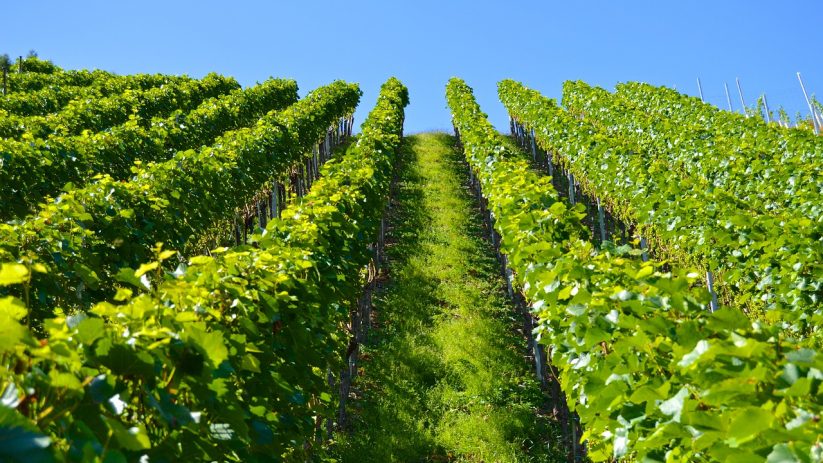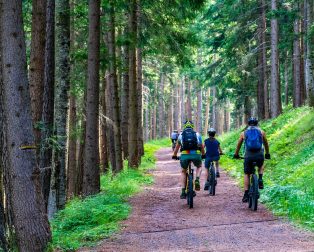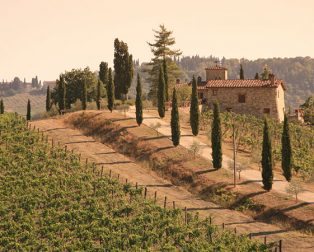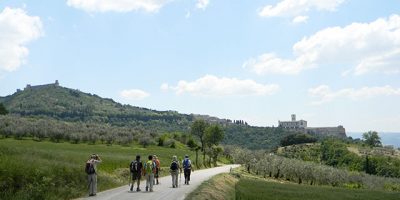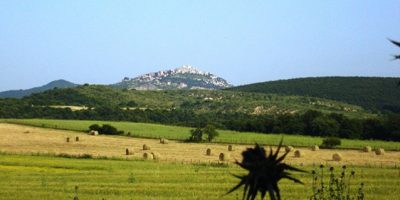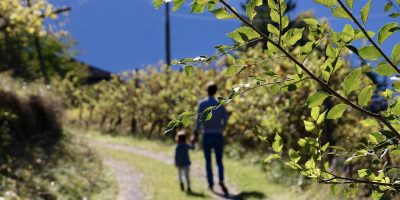Exploring the Val d’Orcia: A Highlight of the Via Francigena
Historical Significance
The Val d’Orcia in Tuscany is a must-see region on the Via Francigena and a key highlight of the Camino to Rome. This historic route, originally known as Via Cassia, has crossed the Val d’Orcia since Roman times.
Over the centuries, the Via Francigena has played a vital role in facilitating trade and the exchange of ideas between France and Italy. For many generations, Merchants and pilgrims have journeyed through the Val d’Orcia, the valley of the Orcia River.
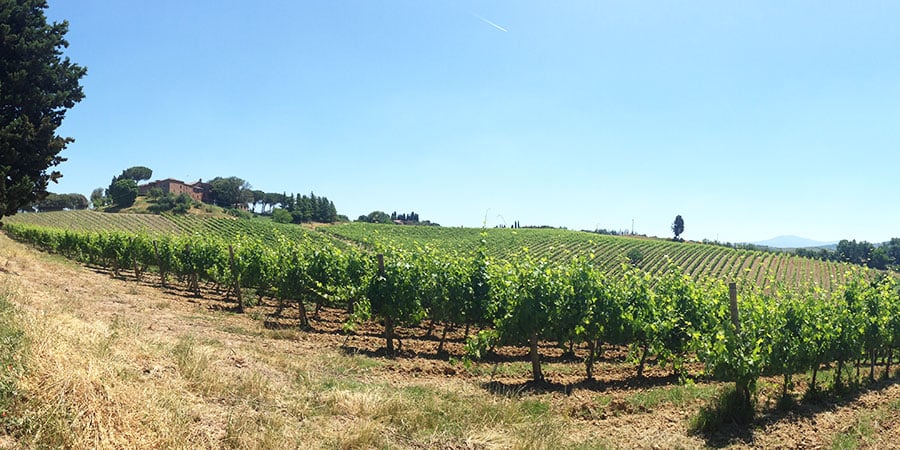
UNESCO World Heritage Site
Designated a UNESCO World Heritage Site, the Val d’Orcia is celebrated for its natural and cultural significance. The landscape is a prime example of Renaissance agricultural design, where functionality seamlessly blends with artistic and aesthetic considerations.
Renaissance Agricultural Landscape
Merchants from Siena settled in the Val d’Orcia in the 14th and 15th centuries. They meticulously planned the area, aiming to create not only an efficient agricultural region but also a visually harmonious and pleasing landscape. Today, the valley remains a protected cultural and natural park.
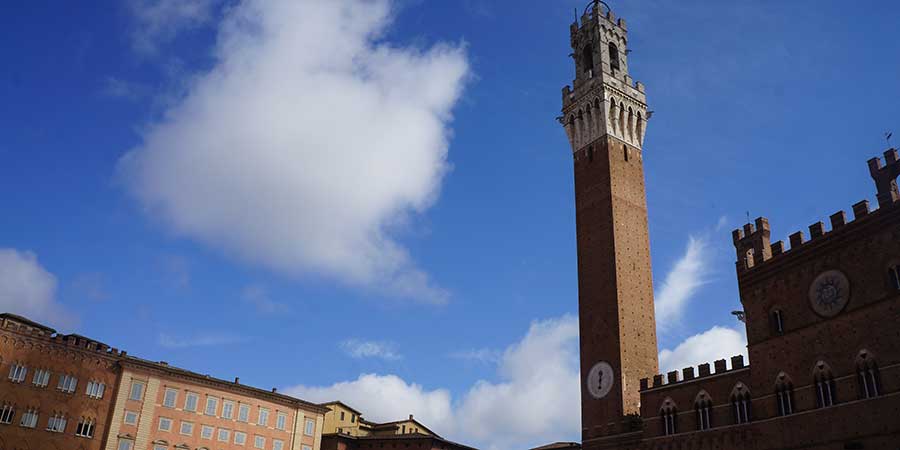
Key Stops on the Via Francigena
If you begin your Via Francigena journey in Siena, you will traverse the heart of Val d’Orcia for several days. Notable stops include:
- San Quirico d’Orcia: A medieval town divided by Via Dante Alighieri. Pilgrims enter through Porta Senese and exit via Porta Romana, the gate to Rome. The town offers panoramic views of the Tuscan countryside and features stunning Romanesque churches, such as the Collegiata of Saint Quirico and the Church of Santa Maria Assunta.
- Radicofani: Another medieval town worth exploring along the route.
- Bagno Vignoni: Known for its famous hot springs from the Middle Ages.
- Castiglione d’Orcia: A charming hilltop town with cobbled streets and the notable Rocca d’Orcia.
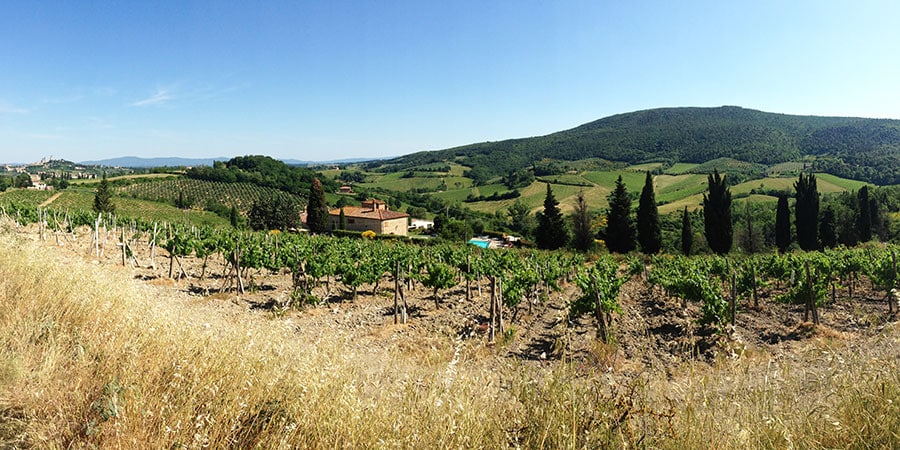
San Quirico d’Orcia: A Historical Stopping Point
San Quirico d’Orcia has long been an important stop on the Via Francigena. Pilgrims traditionally entered the town via Porta Senese and departed through Porta Romana. Via Dante Alighieri splits the town almost perfectly.
While in San Quirico, enjoy the panoramic views of the Tuscan countryside from the town walls. Explore the Romanesque churches, including the Collegiata of Saint Quirico and Giulietta and the Church of Santa Maria Assunta.
The Horti Leonini gardens are a highlight. They feature Renaissance geometrical gardening and offer a serene spot to escape the sun and enjoy peaceful moments. These gardens truly represent the heart of Val d’Orcia.
Best Time to Visit
You can visit the Val d’Orcia year-round, but certain times of the year offer distinct advantages.
- Spring (up to June): Cooler temperatures make it ideal for walking and cycling.
- Summer (July and August): The heat can be intense, which might make outdoor activities less comfortable.
- Autumn (September and October): Harvest season brings a vibrant atmosphere. October is especially great for those who enjoy traditional regional products like mushrooms and chestnuts.
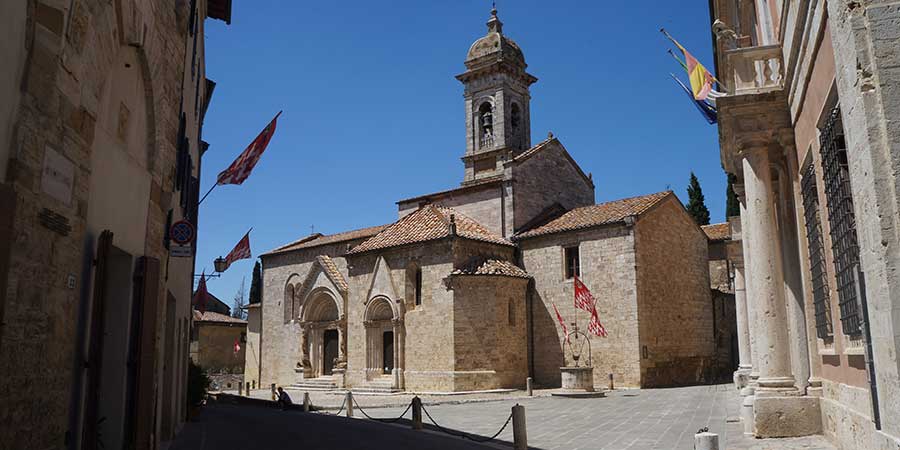
Planning Your Visit
For more information about cycling or walking through the Val d’Orcia and the Via Francigena in Tuscany or to plan your Via Francigena holiday, please contact us. We can help you with all the details to ensure a memorable journey through this beautiful region.
